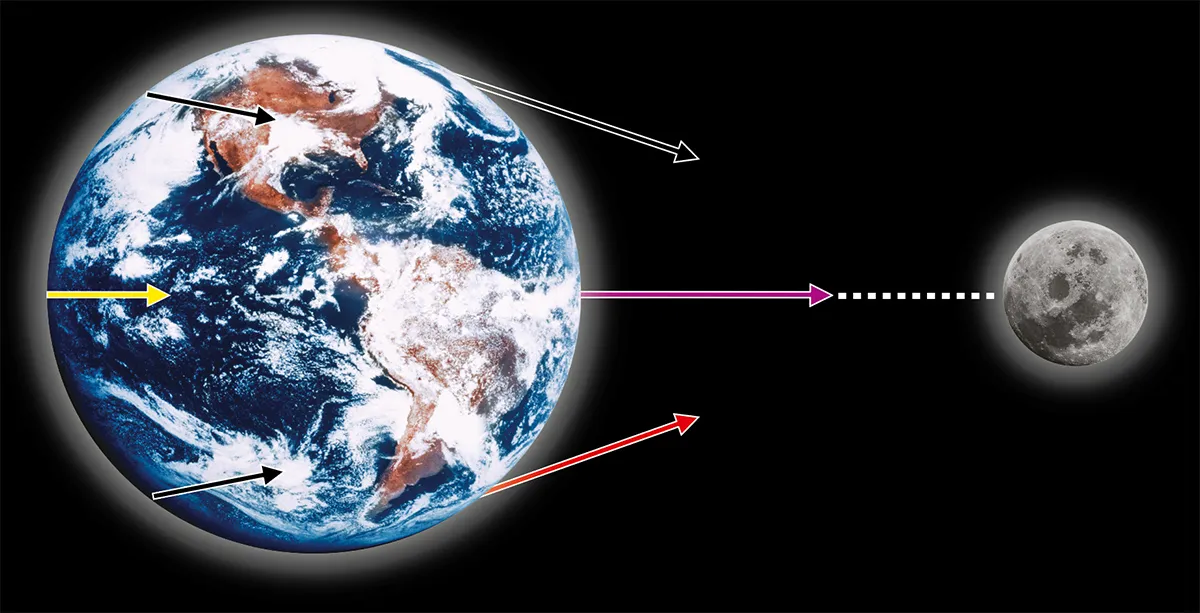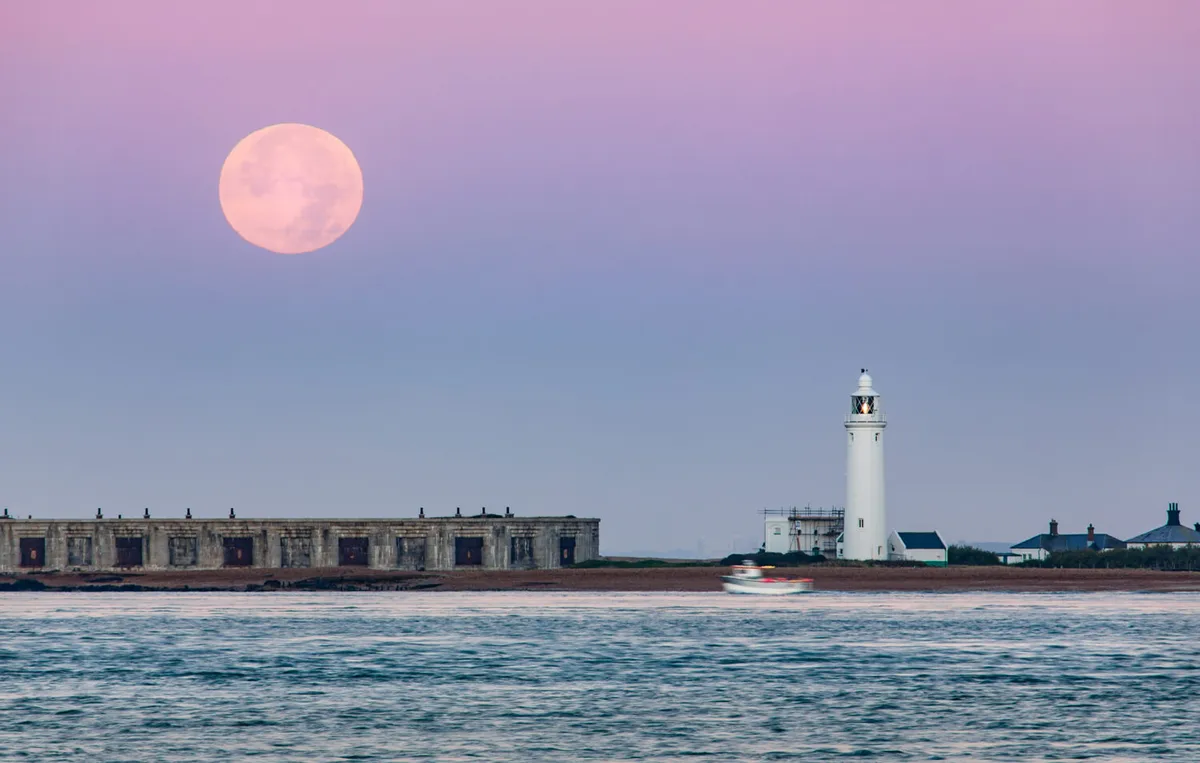Few things are more certain than the cyclical nature of the tidal system, as observed along coastlines around the world.
It's a wonderful thing to sit and watch over time, as the waves lapping on a beach gradually edge closer in towards land or else further out to sea.
But what causes high and low tides, and does it really have anything to do with the Moon, or even the Sun?

Let's talk gravity, and more specifically, the gravitational interactions between planet Earth and our Moon.
The gravitational pull of the Moon hauls up Earth’s oceans into two bulges on opposite sides of the planet.
As Earth rotates beneath these twin bulges, sea levels along the coastlines rise and fall, creating the tides.
Much of the world’s shores, including around the UK, experience two cycles of high and low tides roughly equal in magnitude every day.

The Sun’s gravity also has an effect on the ocean’s tides, and roughly twice a month (one lunar orbit), when both the Moon and Sun are in line with Earth, their gravitational effects combine to create a much larger range between high and low water, known as the spring tide.
Conversely, when the Moon and Sun are at 90° to each other the tides are weaker: what’s called a neap tide.
Here's a great video from the US National Oceanic and Atmospheric Administration, which explains the science behind the tides a bit more:
This article originally appeared in the October 2022 issue of BBC Sky at Night Magazine.
